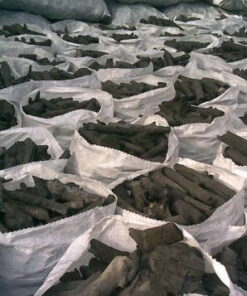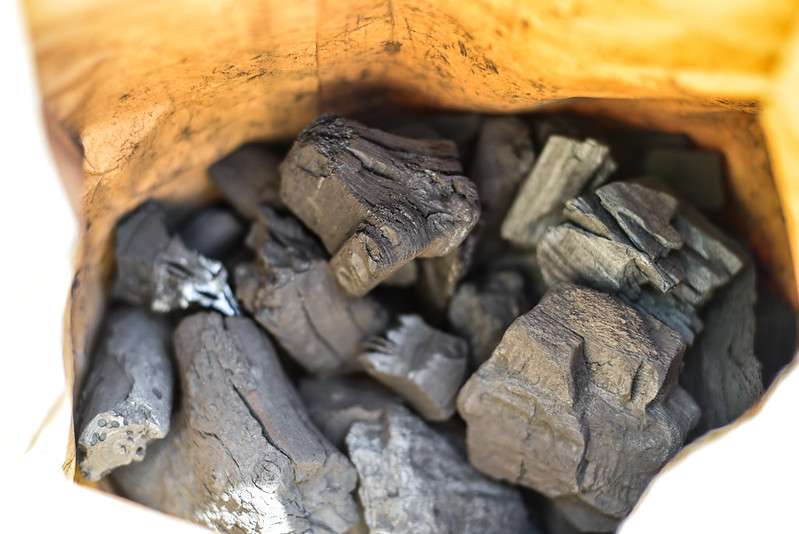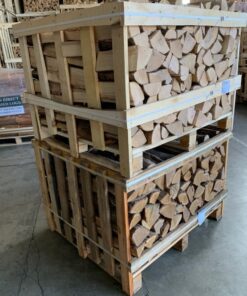Hardwood Charcoal
100% Natural Hardwood Charcoal .
Wood type : Hardwood (Iroko,Mahogany,Kosso..etc).
No spark, No smoke
No smell, Low ash, Easy ignite, Long time burning
Origin : Kenya
Specifications:
Fixed carbon : 75%
Volatile matters: 15.5%
Ash content : 5%
Moisture content : 8%
Heating level: Kcal/Kg 6800
Burning time : 980sec/cm3
50 kg or 25kg bags loaded in container 20″ FCL (19 MT)







